Without returns, you don’t have venture capital. Without venture capital, you don’t have funding for startups.
~ Craig Blair, AirTree Ventures
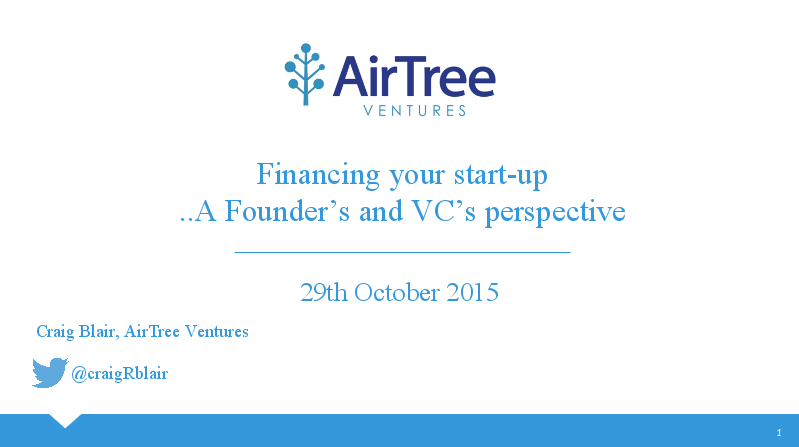
Planning to approach a venture capitalist to fund your startup? At the SydStart 2015 workshops, Craig Blair discussed how VCs like AirTree Ventures invest in startups. If you want to know the right way of approaching investors and how they fund businesses, read on and get tips from his presentation.
About Craig Blair
Craig started his entrepreneurial journey when he opened an online travel company, then after that a media company, and then a marketplace business. The investor in him flourished when he ran two of the most successful VC funds in Australia — Ecorp and Netus.
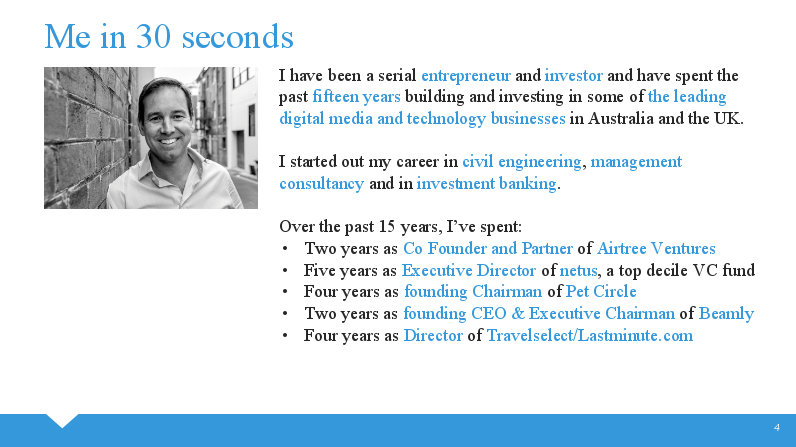
AirTree’s Investment Team
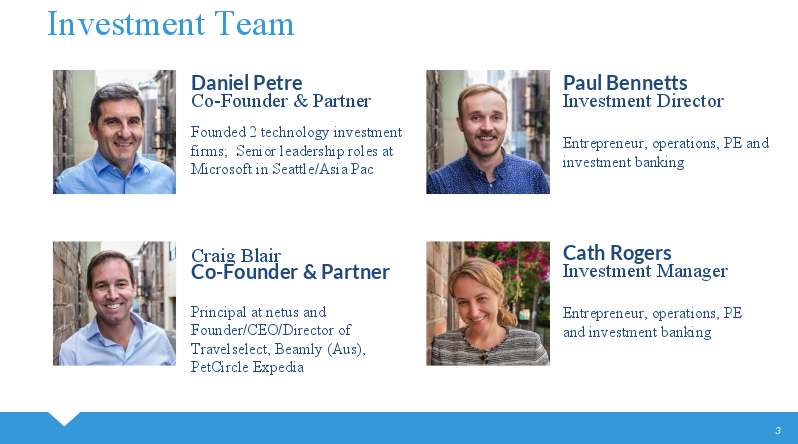
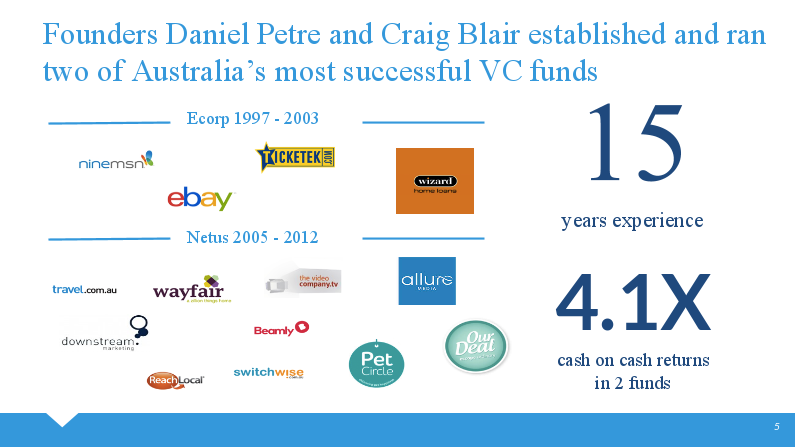
AirTree has backed 27 companies with 17 exits. They’ve invested $179 million and a return of about half a billion dollar over the last 15 years.
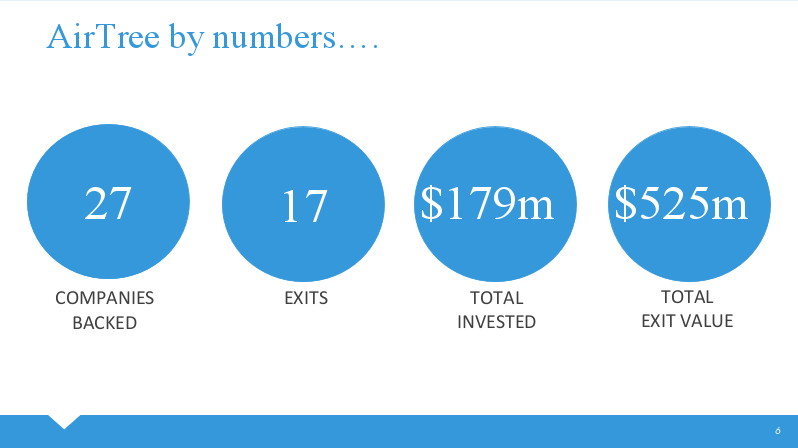
How AirTree Invests
AirTree is a fund company that invests across the range: seed, Series A, and Series B funding rounds. They’ve invested from as low as $500,000 to as high as $5 million. The company made 10 investments over the last year. If you compare that to nine investments they’ve made from 2005 to 2012, it’s evident that there’s a flow of activity, as the number of new startups in the ecosystem is growing.
Craig shared that they only invest in businesses where they have experience, where they can build a team, and where they can contribute more than just being a smart guy in the sideline.
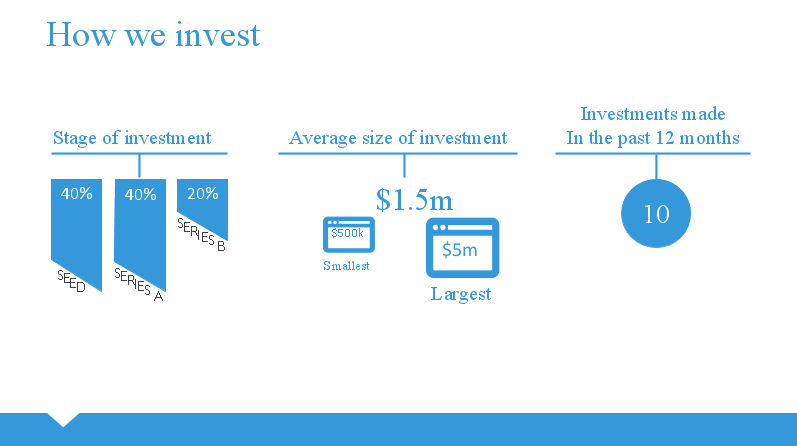
The Startup Funding Ecosystem
Those who are thinking of putting up a business will go through a journey similar to the startup ecosystem illustrated below. You start your company with a concept then you build your product. Your team eventually grows to match your company’s needs. As your business expands, the need for funding increases.
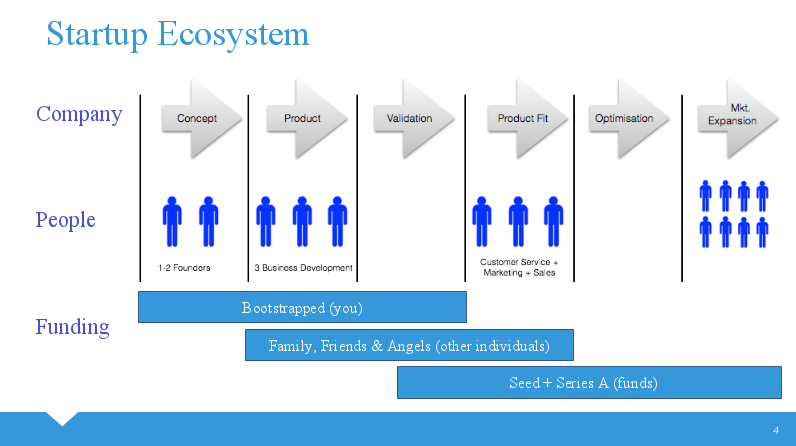
Another Illustration of a Startup Journey
“The key thing in thinking about your financing is that you need to raise enough money to give you enough runway to spend on that trough of disillusionment,” Craig said.
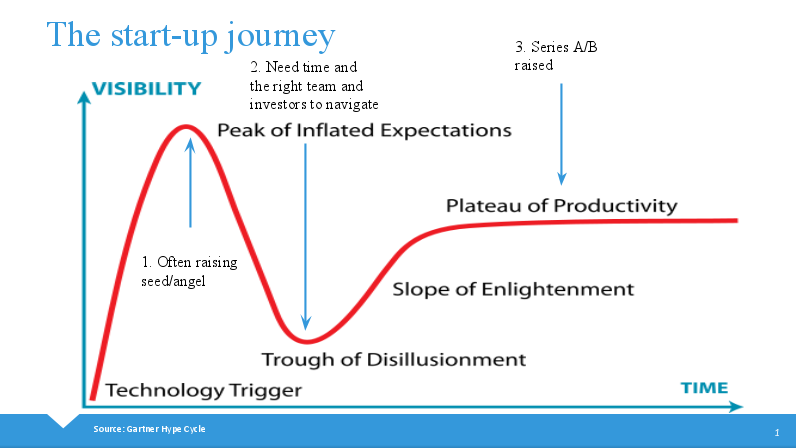
The growing ecosystem can be attributed to the plummeting cost of building a startup. Craig also noted that it has never been easier to find financing.
AirTree co-invests with other funds — they syndicate, they work together. As an ecosystem, you should think about who should be your best partner. Research about people and partners in the firm to see who best fits you.
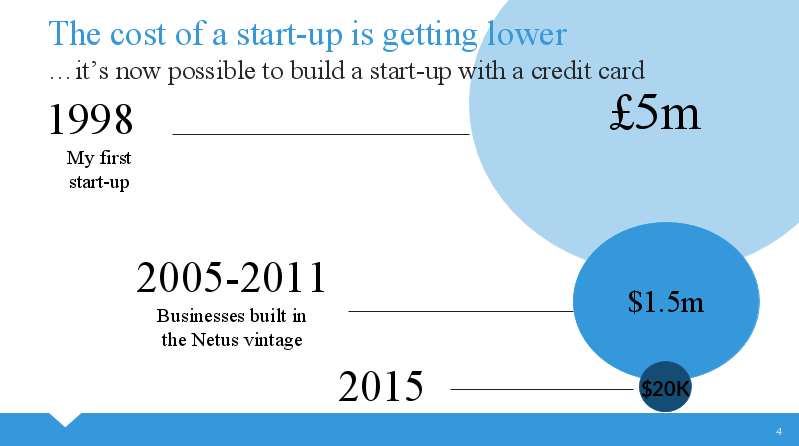
The VC Funding Process
In the entrepreneur world (as in the diagram below), when you reach out to a VC and you get a ‘no’, don’t think they don’t want risks. Australian VCs are taking risks. They’re probably thinking they’re not yet right for you at that time that’s why you got a ‘no’ from them. “Not all VCs are perfect, that’s the truth, but you should get a response as that’s the respectful thing to do,” said Craig.
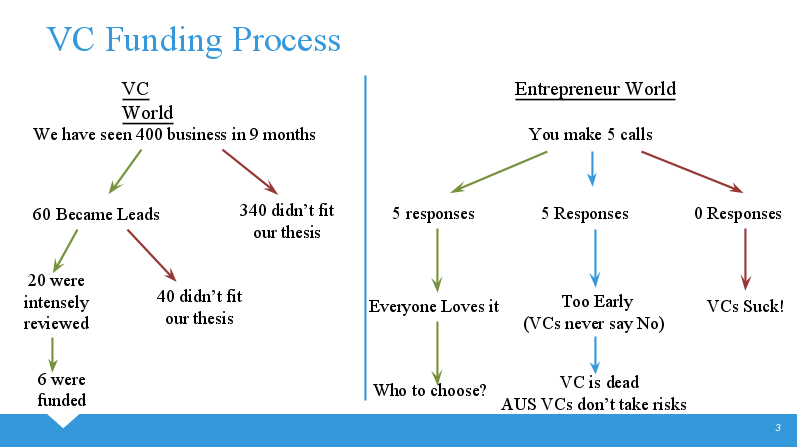
Approaching a VC
The first thing you should do before reaching out to VCs is to research for their background. It’s also a big help if you have contacts who can introduce you to those potential investors. Moreover, if you’d be needing an advisor, use one for the right reason.
Lastly, be clear on the approach you have to make. Are you after a VC lead round where investors want to work closely with you and want to have opinion on the business? Or are you after angel investment where there’s a bunch of people who just throw money in?
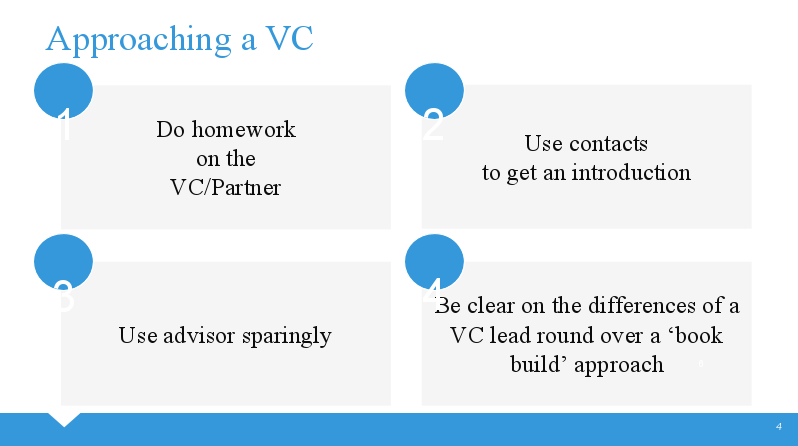
When you approach a VC, or any investor for that matter, here are some dos and donts based on AirTree’s observations.
Do #1
Have a detailed understanding of your competitors and develop a healthy paranoia for your position in the market.
Don’t #1
Beware of showing any investors that you’re the only one who knows the ecosystem and the rest are ignorant.
Do #2
Tell stories about how you came across your business model, how you built your team, and your journey. Note that it’s okay to borrow ideas from somebody else.
Don’t #2
Fabricate passion to tell a story to achieve your desired interest from the investor as it’s not credible and not authentic.
Do #3
Have a succinct elevator pitch, an insightful presentation, and a simple business model.
Don’t #3
Make an 80-page investment memo. Data is important but just make sure there’s a level of analysis and insights, and it’s appropriate to where you are in the business.
Do #4
Build a relationship early with VCs.
Don’t #4
Overinvest in PR in a way that your profile outpaces performance. The best position to be in is to have a high public profile and a high traction.
The Pre-Money Trap
There’s a tricky bait in the early stage of the funding process which can lead to you being unfundable later on. This is what’s called the pre-money trap.

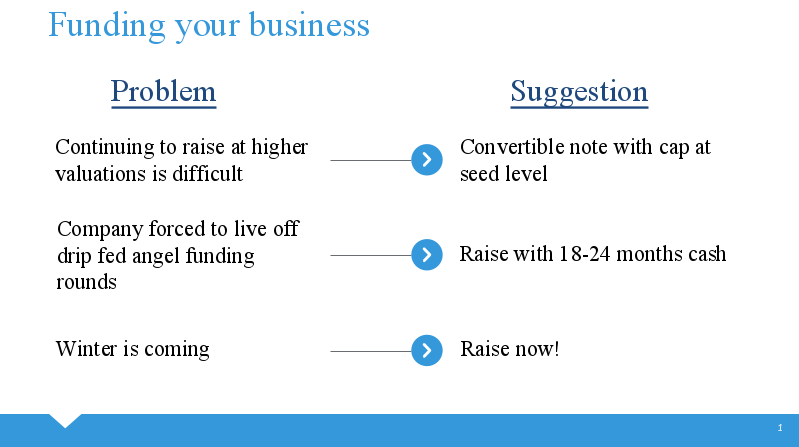
Know Your Metrics
Unit economics — what is your unit? Is it a piece of service? Is it a product? What do you actually sell in the market?
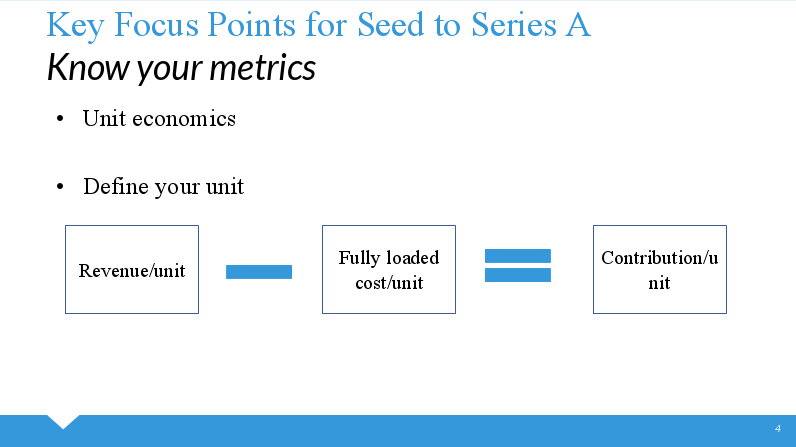
Investors will talk about your customer acquisition cost (CAC) but the more important thing is your lifetime value (LTV). You’re acquiring customers, you’re serving them better, you’re making more money overtime, which means you can spend more money onboarding them.
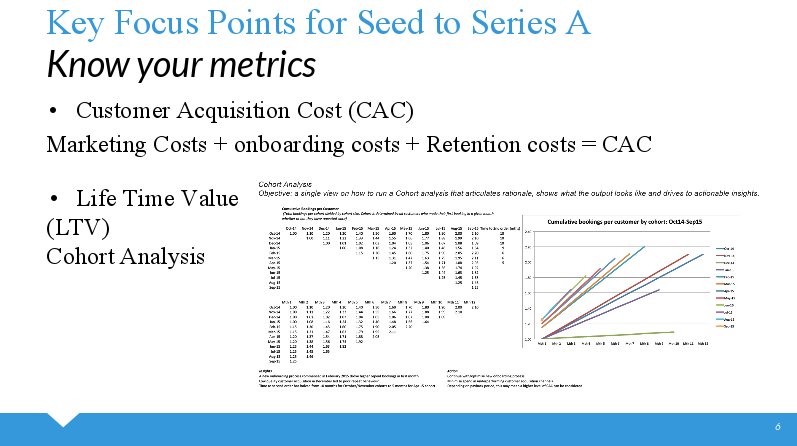
People are key

Takeaways
- Build the right team around extraordinary people. Promote ordinary people, and make sure building the right culture is something you’re all doing.
- Surround yourself with investors who can help build value and plan the way you’ll approach them.
- Raise 18 – 24 months of cash.
- Manage your cash burn.
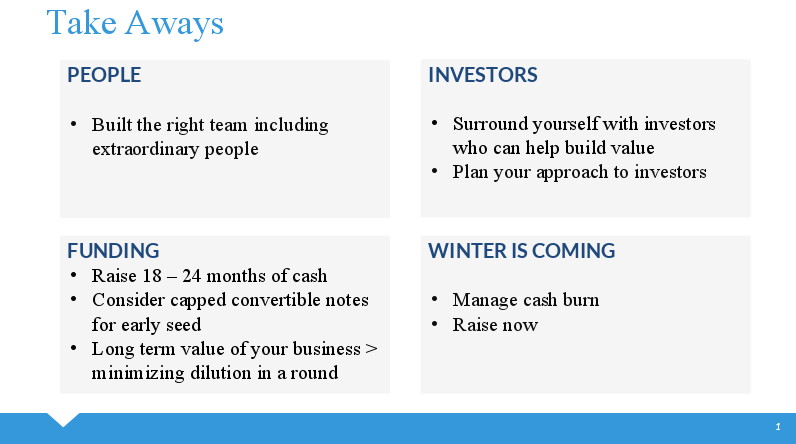
Choosing Your Funding Partner
“Reference check the hell out of them,” Craig advised.
Some guide questions to do this:
- Are they doing the same thing for you?
- Who are they?
- How do they behave?
ind people who will care about your business and whose intentions are good.
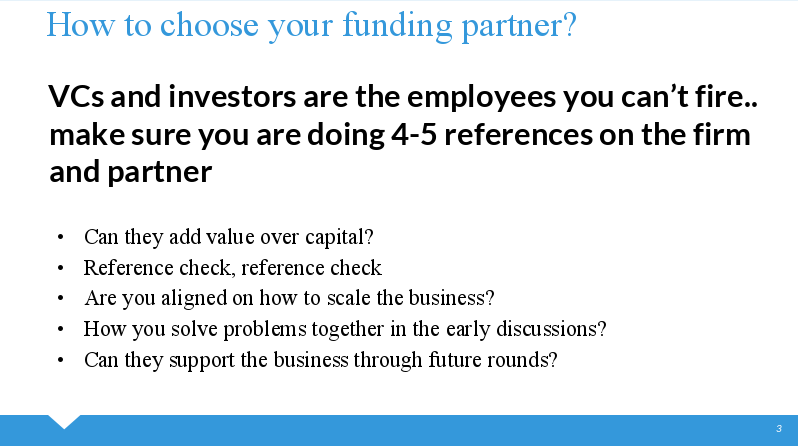
Craig concluded his talk with this wrap-up note: “Do your research. Find entrepreneurs and venture capitalists who have operating experience, who care about the business, with sensible terms, who can help you with the business — and avoid people who don’t do that.”
atch the video recording of Craig’s presentation by getting a digital pass.






